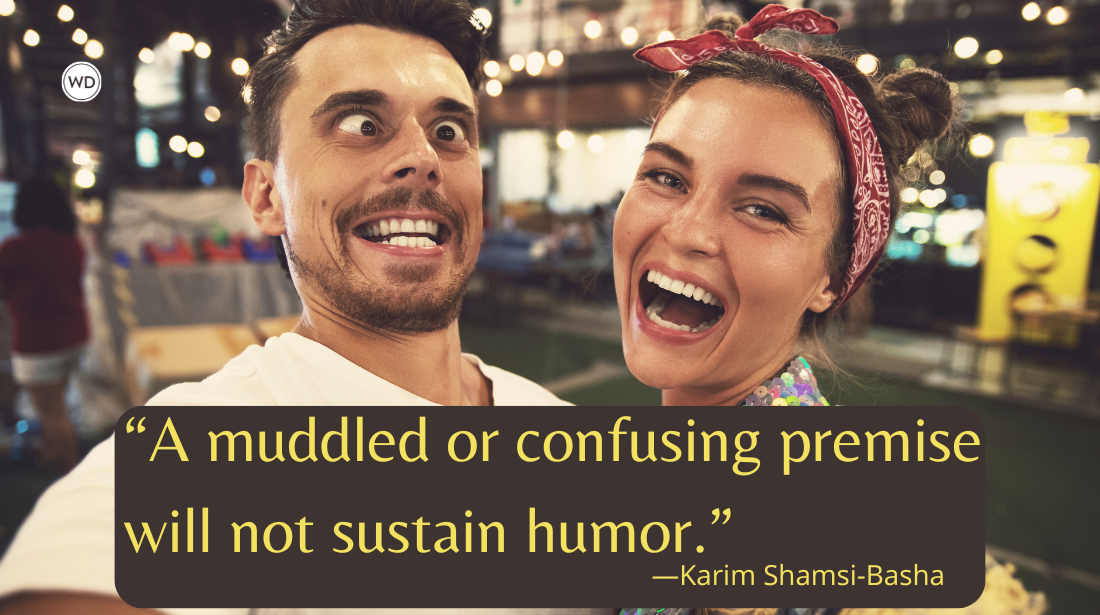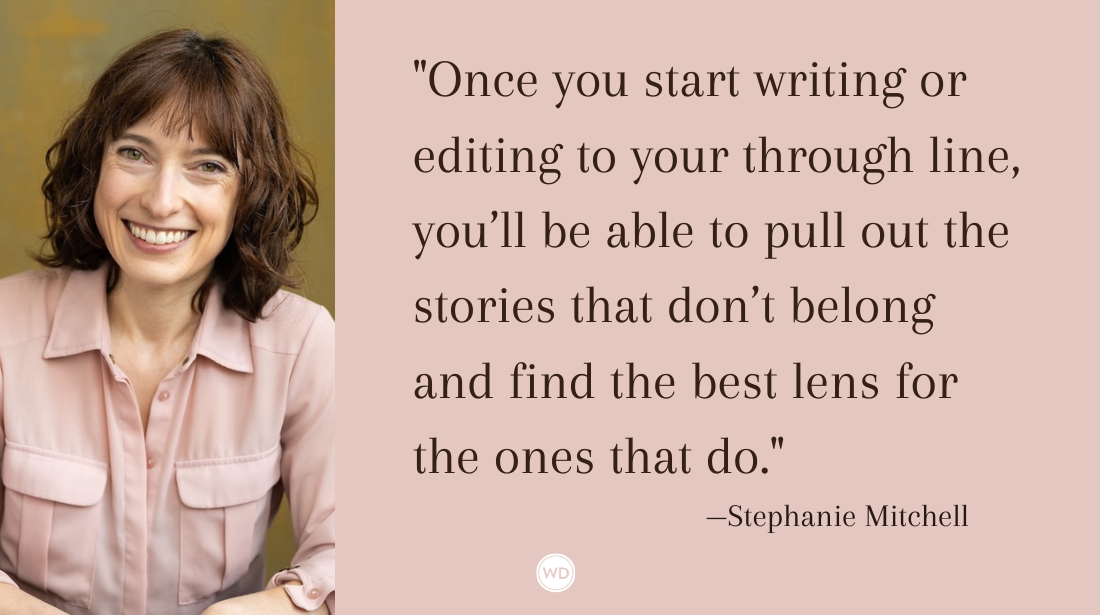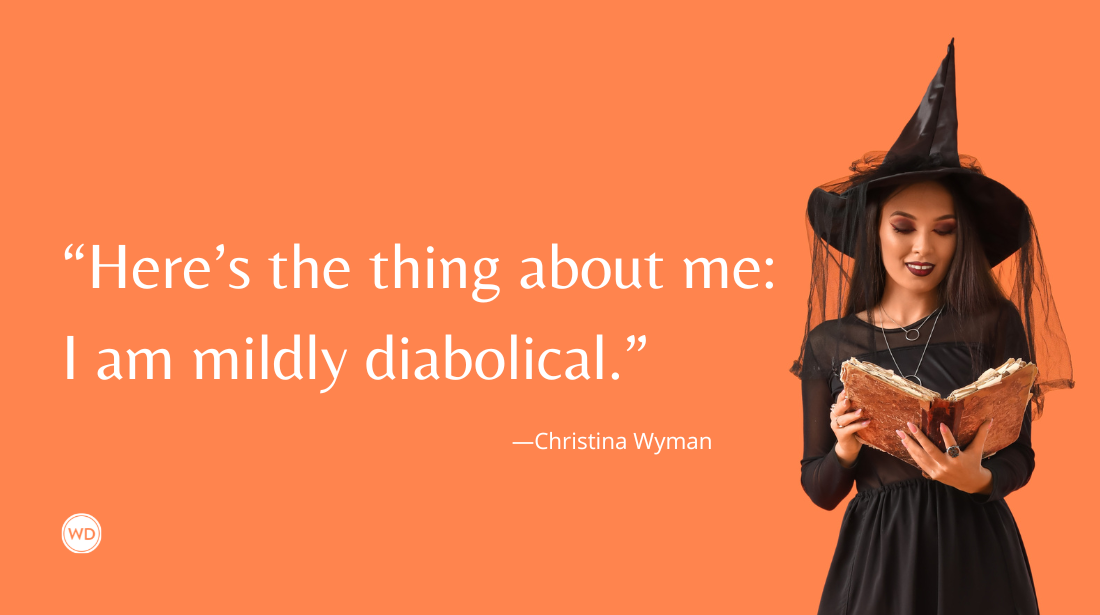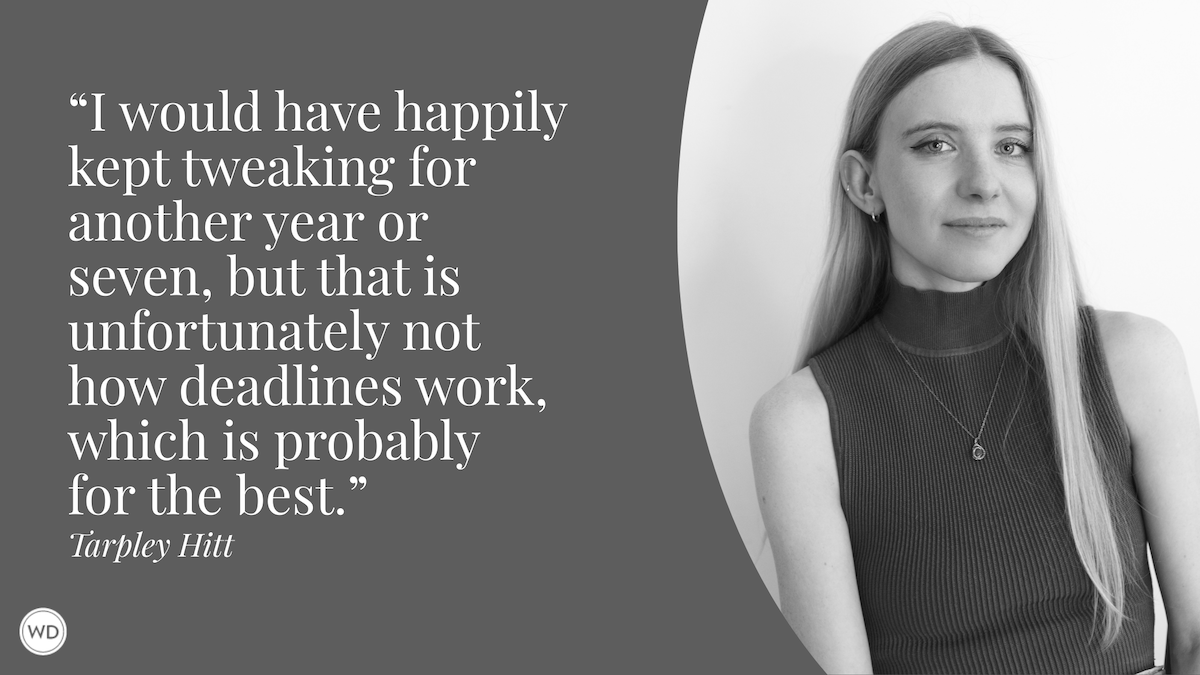Trauma: What Happens When We Put It On the Page?
Writing the story of her assault wasn’t easy for Karen Stefano. The author shares her experience writing about trauma, including how she found the strength to put it all on the page, the inevitable ups and downs, and the self-care needed in between.
Writing the story of her assault wasn't easy for Karen Stefano. The author shares her experience writing about trauma, including how she found the strength to put it all on the page, the inevitable ups and downs, and the self-care needed in between.
My memoir, What A Body Remembers, tells the story of the night I walked home alone from work in darkness; the night of the footsteps of the harmless, pale-haired man jogging down a sidewalk; the night that man turned inside my hallway; the night our eyes locked and he showed me the knife in his hand.
Before writing my story, before my telling, I first spent two years doubting. Sure, this assault and its aftermath felt interesting to me, but did it matter to others? Who was I to presume anyone else in the world would care? As I eventually shared with more and more women what this might-be-book was about, I can’t count how many said, “Yeah, something like that happened to me too.” And they shared their own story and that simple act of sharing unburdened them somewhat—at least that’s what I like to believe. This was before the #MeToo movement and I began to wonder, could my story be emblematic of something bigger? I finally realized that I had to write this book because it’s important to speak out, let others know they’re not alone, and let everyone know there are many ways to heal.
Once I decided my story was indeed worthy, I abandoned the novel I’d been working on to write this memoir instead. I told myself: How hard could it be? I’m simply transcribing events that actually happened, right? I’ll have a book finished in four months! How efficient! Ha. Talk about self-delusion! Writing about events from your own life isn’t easier than writing fiction—it’s harder. You are faced with the challenge of transforming your trauma into art. You’re giving a voice to personal terror, perhaps describing a time in your life when you had no words to articulate what you were experiencing—but you’re forcing yourself to find those words now. You are stirring up personal demons but in doing so, you’re forced to hold yourself accountable, to confront the ugliest places inside yourself, then wrestle that self onto the page. You have to do research, endure the loneliness and self-isolation of writing, and pay attention to craft. You’re putting your own life into scene, with a plot, pacing, dialogue, and beats of movement inside that dialogue. Most importantly, you have to be brutally honest and that honesty requires digging deep inside your own humanity, frailty, and flaws. These confrontations require an obscene amount of courage.
I wasn’t sure what to expect as I sat down to the dreaded empty Word document and its blinking cursor. When writing, the words don’t always come right away. There’s a certain amount of self-discipline, pushing yourself, and forcing yourself to stay in the chair and finish a scene. But that becomes more delicate when writing about the worst parts of your life. Am I being self-disciplined, or am I pushing myself to the brink of emotional disaster?
The final portion of my book is titled “Excavation” and chronicles my quest to track down my assailant 30 years post-assault, my return to the scene of that assault, my effort to examine not only the assault but also myself. A key resource was my journal from the time. I knew that 30 years was a long time to pass between trauma and the compulsion to examine it, but I knew I had to begin inside the place I had always avoided: myself.
Initially I thought the experience of writing about the worst, most vulnerable times of my life might be cathartic, therapeutic.
It wasn’t.
Instead it was terrifying. Pulling up all the horror, the ugliness, my own vulnerability, sadness, depression, how lost I felt and putting it down on the page—it hurt. Writing is hard. Writing about the worst parts of your life, exposing your innards for the whole world to see—and likely to render comment upon—is brutal. Most difficult were the initial drafts, the reliving of these horrific events in my mind, making them come alive again so they could come alive for the reader. Writing the assault scene was difficult, as expected. So were the scenes of my assailant’s jury trial and the scathing cross-examination I endured. But worst was the examination of the post-assault trauma I experienced, my fear of the dark, the PTSD triggered by the sound of footsteps. In these early drafting stages I felt exhausted. I wrote four hours each morning, then for the rest of the day I was done and spent many afternoons curled up in bed.
Once I had a solid initial draft and turned to the mechanics of writing—focusing on structure, how best to move back and forth through time, how to make sure a scene worked on the page—the angst dissipated. I felt more removed from the material, almost like I was writing about someone else, and that distance was liberating.
My story is not only about assault and its aftermath, PTSD, and the criminal justice system. It’s also about my shame 30 years post-assault in having failed in my marriage, of having lost everything I’d worked for with the help of a recession and a handful of poor financial choices, of suffering from paralyzing depression and panic attacks—all of it while watching my mother slip into dementia. Put simply, I don’t always come across so great. I am both the heroine and villain in my own story and the only “heroine” aspect stems from the fact that I keep trying, stumbling sometimes, but moving forward in my own life and learning what that means.
If you have a personal story of trauma you want to write about, I can’t tell you exactly what that experience will feel like for you. But I can share what I experienced with the expectation that maybe, possibly, my journey might help you glean what to expect as you write about your own terrors. There will never be a 100 percent correlation in experience. But I can give you a heads up, share with you what I experienced, how I coped, how I succeeded—and how I failed. What I can tell you with near certainty: You will get triggered and you need to have a plan to deal with this triggering. What are your rituals of self-care? Think about those rituals before sitting down to write about pain. Have a plan and be prepared for what’s going to come up.
My book chronicles deeply emotional and traumatizing parts of my life. To manage potential triggers while writing about my experience, I engaged in what have become my standard rituals of self-care: exercise, talking to a therapist, allowing myself plenty of down time/quiet time—something I’ve come to need more of over the years. I did my best but didn’t always succeed. Walking to my office one morning (broad daylight, safe and busy street), a man was out for a run and as he approached from behind me I nearly jumped out of my skin. He apologized profusely for frightening me (though he had done nothing wrong). The look on his face said he knew: This woman has been assaulted on the street before. This woman is a trauma survivor. There were several similar incidents during the time it took to write this book. Writing my story brought all the horror right to the surface, lodged right inside the tightness of my throat, and I was hyper-susceptible to triggers.
Now I’m at the phase where my book has finally come into the world and I am out reading it to audiences, talking about it in interviews, standing back and waiting to be judged by critics ranging from respected magazines to creepy Twitter trolls who enjoy giving 1-star Amazon reviews to books by women. This experience of “performing” and promoting my book, my deeply personal story, has once again brought all the trauma front and center in my mind. My PTSD is back in full force and the sound of footsteps seems louder than ever. But I know it will pass. And I’m reassured by the hope that in sharing my story I might help others who have felt the way I have, that reading my story will make them feel less alone.
Many who want to write about trauma might not succeed. The pain or shame will be too great. And that’s OK. Sometimes we have to excavate the ugliest parts of our past in order to find peace, in order to finally see the beauty in today. I can tell you that in spite of the initial self-doubt, the pain of reliving the worst times of my life, of confronting and revealing the parts of myself about which I still feel shame, I’ve experienced a kind of transformation—a sense of confidence unlike anything I’ve ever known. I’ve told a story that no one else can tell. With that realization there’s vulnerability, but nested inside that vulnerability is something else—a sense of power—a sense that, if I can share this story—I can do anything.
About Karen Stefano
Karen Stefano is the author of What a Body Remembers: A Memoir of Sexual Assault And Its Aftermath (Rare Bird Books, June 2019), the short story collection The Secret Games of Words (1GlimpsePress, 2015), and the how-to business writing guide Before Hitting Send (Dearborn 2011). Her work has appeared in Ms., California Lawyer, Psychology Today, The Rumpus, The South Carolina Review, Tampa Review, Epiphany, and elsewhere. She is a JD/MBA with more than 20 years of complex litigation experience. To learn more about Karen Stefano and her writing, visit stefanokaren.com.









